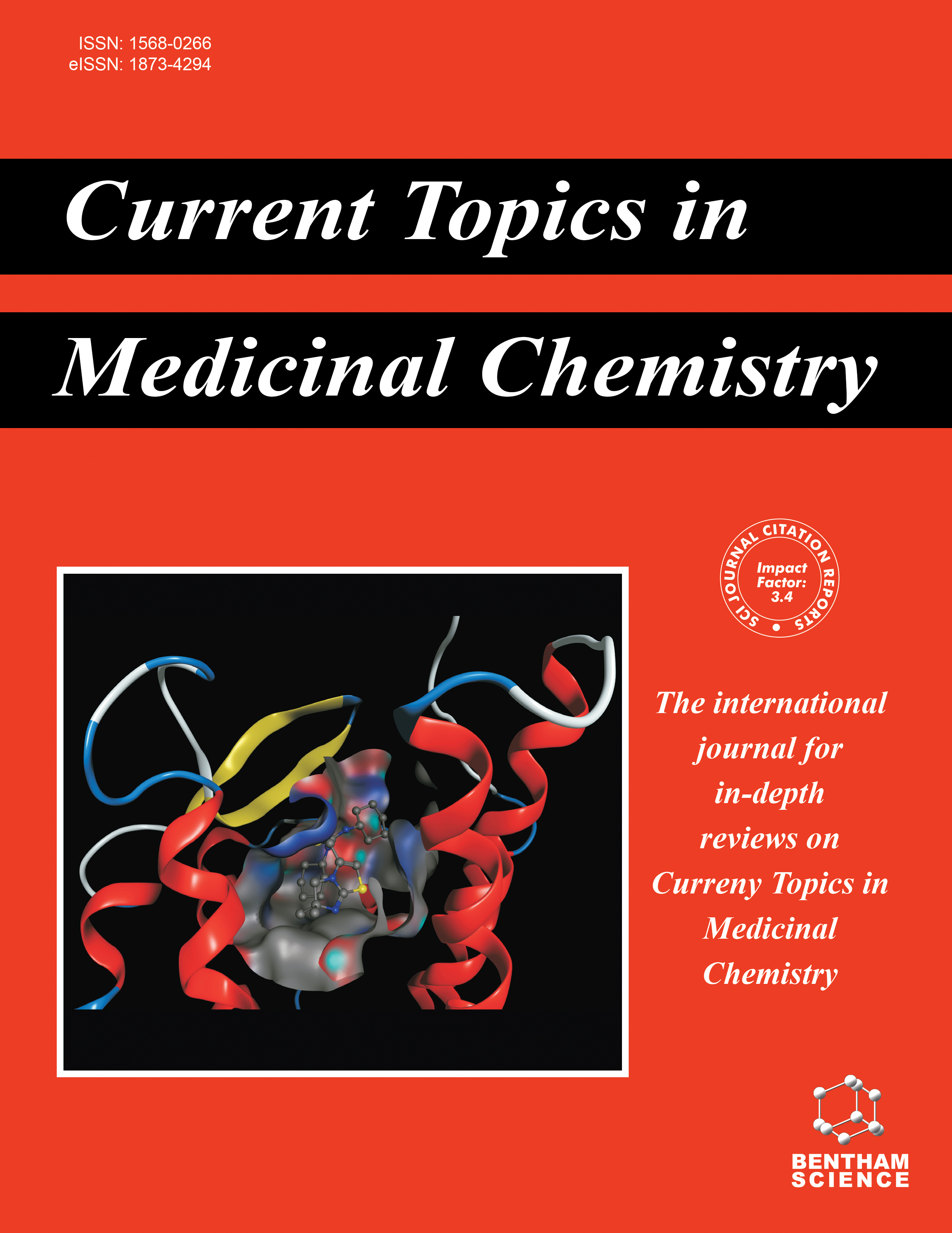-
s An Updated Review on Betacoronavirus Viral Entry Inhibitors: Learning from Past Discoveries to Advance COVID-19 Drug Discovery
- Source: Current Topics in Medicinal Chemistry, Volume 21, Issue 7, Apr 2021, p. 571 - 596
-
- 01 Apr 2021
- Previous Article
- Table of Contents
- Next Article
Abstract
Even after one year of its first outbreak reported in China, the coronavirus disease 2019 (COVID-19) pandemic is still sweeping the World, causing serious infections and claiming more fatalities. COVID-19 is caused by the novel coronavirus SARS-CoV-2, which belongs to the genus Betacoronavirus (β-CoVs), which is of greatest clinical importance since it contains many other viruses that cause respiratory disease in humans, including OC43, HKU1, SARS-CoV, and MERS. The spike (S) glycoprotein of β-CoVs is a key virulence factor in determining disease pathogenesis and host tropism, and it also mediates virus binding to the host’s receptors to allow viral entry into host cells, i.e., the first step in virus lifecycle. Viral entry inhibitors are considered promising putative drugs for COVID-19. Herein, we mined the biomedical literature for viral entry inhibitors of other coronaviruses, with special emphasis on β-CoVs entry inhibitors. We also outlined the structural features of SARS-CoV-2 S protein and how it differs from other β-CoVs to better understand the structural determinants of S protein binding to its human receptor (ACE2). This review highlighted several promising viral entry inhibitors as potential treatments for COVID-19.


